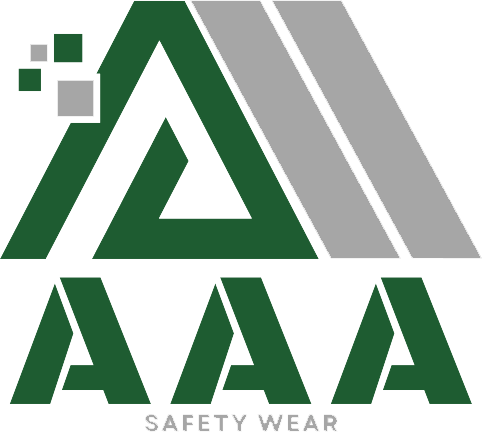ANSWERING ALL YOU PPE RELATED QUESTIONS
-
How do manufacturers ensure personal protective equipment (PPE) is safe and effective?
To help ensure medical devices, including PPE are safe and effective, the FDA has established Quality Systems Regulations and Good Manufacturing Practices. Manufacturers are expected to use these regulations and practices to maintain consistent product quality and to guide performance testing to make sure that their products conform to recognized consensus standards. For PPE, these standards may include for fluid resistance, leak protection, filtering capacity, or resistance to tears and snags. When these regulations and practices are followed, they provide reasonable assurance that the device is safe and effective.
FDA has also issued device-specific guidance for some products so that manufacturers understand the Agency’s expectations. Search for FDA Guidance Documents.
-
Will personal protective equipment protect against a specific disease?
PPE are designed to create a non-disease specific barrier to penetration of substances, solid, liquid, or airborne particles. In general, neither FDA nor the manufacturer can provide assurances that PPE will protect you against a specific disease. The data that FDA uses for the evaluation and clearance of PPE rarely includes performance evaluation or testing against specific viruses, such as Ebola or flu. If performance data has met FDA requirements and demonstrate protection against a specific disease, the product labeling will state the claim for protection against a specific virus or bacteria.
When there is an outbreak that affects the broad population, The Centers for Disease Control and Prevention (CDC), is responsible for making specific recommendations for infection control measures in different circumstances and settings. For example, the CDC has provided the following recommendations:
What You Should Know about the Flu
What You Should Know about Ebola
-
Should caregivers use PPE to help protect against infection when caring for a sick person at home?
In some circumstances, a health care provider may recommend that caregivers use PPE when caring for a sick person at home. It is important to know that the use of PPE alone will not fully protect you from acquiring an infection or passing an infection to another person. Other infection control practices, such as handwashing, using alcohol-based hand sanitizers, isolation of patients and using properly covering cough and sneezes, are also important steps to minimize your risk of infection.
Additionally, please be aware of proper removal and disposal procedures. Even if PPE successfully protects you while it is worn, improper removal and disposal of contaminated PPEs can expose the wearer and other people to infection.
-
Where can I buy PPE?
Most types of PPE are available without a prescription. Pharmacies, medical supply stores, and Internet medical supply retailers sell PPE.
For more information about buying medical products on the Internet, see FDA’s website on Protecting Yourself.
-
Can I wash disposable PPE?
No. Disposable PPE is designed to be used only one time and by one person; it cannot be washed. Washing PPE changes its protective or barrier capabilities, and it may no longer be effective.
-
Can I wash disposable PPE?
No. Disposable PPE is designed to be used only one time and by one person; it cannot be washed. Washing PPE changes its protective or barrier capabilities, and it may no longer be effective.
-
Can I share PPE with other users?
In general, most PPE cleared by the FDA is intended to be used only one time and by one person. Sharing PPE is not advised. The protective capabilities of single use PPE cannot be assured when it is reused by the same person or used by more than one person. Sharing PPE that is intended for single use may expose another person to infectious materials. PPE should be removed promptly after use and disposed of properly.
-
Does every piece of PPE provide the same level of protection?
PPE is designed to be used with other infection control practices such as handwashing, using alcohol-based hand sanitizers and covering coughs and sneezes to minimize the spread of infection from one person to another.
Wearers of PPE can determine what protective level a PPE is rated for by the standards to which it has been tested.
CDC's National Institute for Occupational Safety and Health (NIOSH) maintains a database called NIOSH Personal Protective Equipment Information (PPE-Info) that includes most of the current PPE standards in more detail.
-
If I experience a problem with my PPE, what should I do?
If you suspect or experience a problem with your PPE, we encourage you to file a voluntary report through MedWatch, the FDA Safety Information and Adverse Event Reporting program and notify the manufacturer.
Health care personnel employed by facilities that are subject to FDA's user facility reporting requirements should follow the reporting procedures established by their facilities.
NEWSLETTER
Contact Us
We will get back to you as soon as possible.
Please try again later.
QUICK LINKS
NEWSLETTER
Contact Us
We will get back to you as soon as possible.
Please try again later.
NEWSLETTER
Contact Us
We will get back to you as soon as possible.
Please try again later.
Website Developed by WEBSHURE
© 2022 All Rights Reserved | AAA Safety Wear | Privacy Policy
